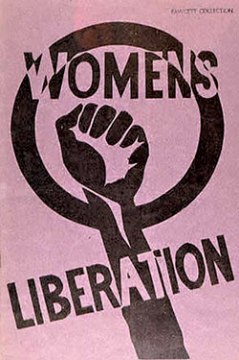The opening of Birdsong is overflowing with characteristics of historical movements which are important throughout literature. The novel features both Romantic and Gothic elements.
Romantic:
Throughout the opening chapter of ‘Birdsong’ both nature and symbolism are evident through the description of Amiens. The novel begins with the description of the rural village of the ‘Boulevard Du Cange’ which is situated in the city of Amiens, France. The language used to describe the place is pastoral and depicts a place of pre-industrialization: “On the damp grass were chestnut trees, lilac and willows, cultivated to give shade and quietness to their owners.” He describes the Somme as “fertile”. This could be argued that Faulks has used this imagery to link Stephen and Isabelle’s relationship as Isabelle later falls pregnant. Faulks emphasises the natural beauty and tranquility of the Somme in the opening chapter which is later destroyed by the war.
Furthermore, the Romanticism is also shown when describing the river which runs through Amiens: “the river Somme broke up in to small canals that were the picturesque feature of Saint-Leu”. The river introduces a theme of tunnels which here create the Romantic fertile image which is later contrasted with a deadly image of tunnels which isn’t where life is created but where life is horrifically destroyed. This is also seen when Faulks makes a reverence to “unregarded passageways”.
The idea of new life is expressed at the start of the novel when Faulks writes “It was a spring evening with a late sun in the sky beyond the cathedral and the sounds of blackbirds from either side of the house.” Spring is a time of phenomenal renewal therefore it could be argued that this is expressing both Stephens new arrival or the strong contrast between the positive new start at the beginning of the novel opposed to the negativity which can be seen through the horrific characteristics of war.
Gothic:
Throughout the novel there are many Gothic characteristics. However, in the opening passage the Azaire’s house has “iron railings” which suggests not only a well established house from a high class background but also cold and harsh imprisonment which is ironic as Isabelle claims that she is not happy within her relationship and feels trapped due to Azaire’s abusive and manipulative ways. Their house is also described as old and mysterious which is important in Gothic literature: “the floors made distinctive sounds beneath the press of feet”, “the house was always a place of unseen footsteps” and “corridors that disclosed new corners”.
However, other parts throughout the novel where Gothic elements are expressed is through Stephen being trapped underground and trapped in his emotions because he did not know why Isabelle left and also because he loved her immensely. The winding dark and long passages which can be seen in the corridors of Azaire’s home, the trenches and the tunnels.


